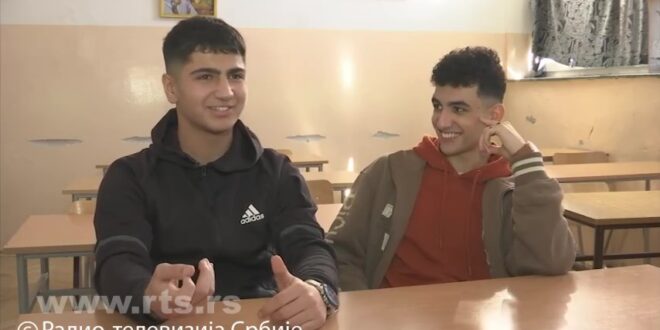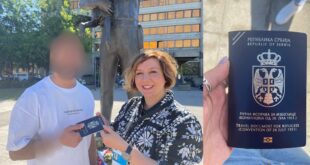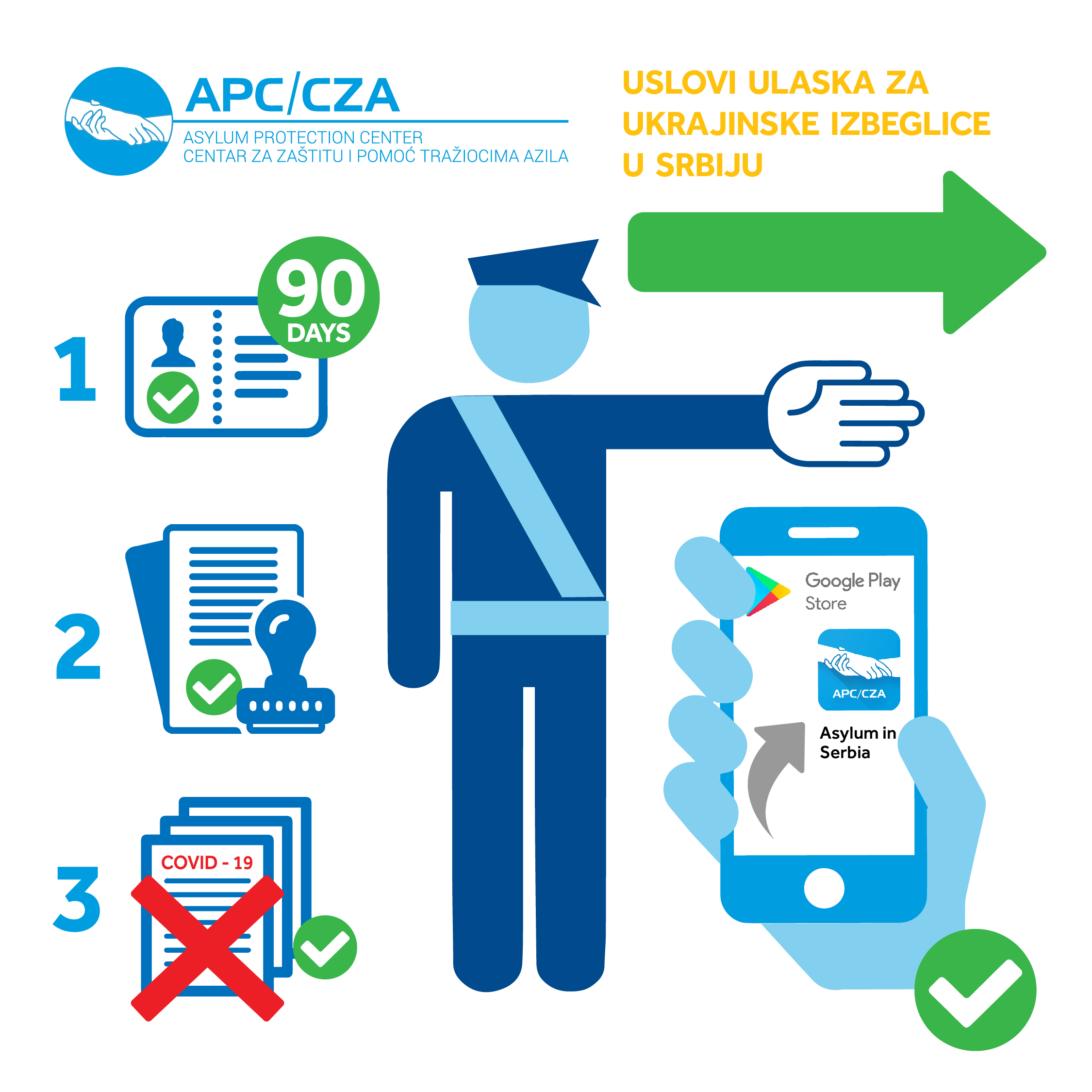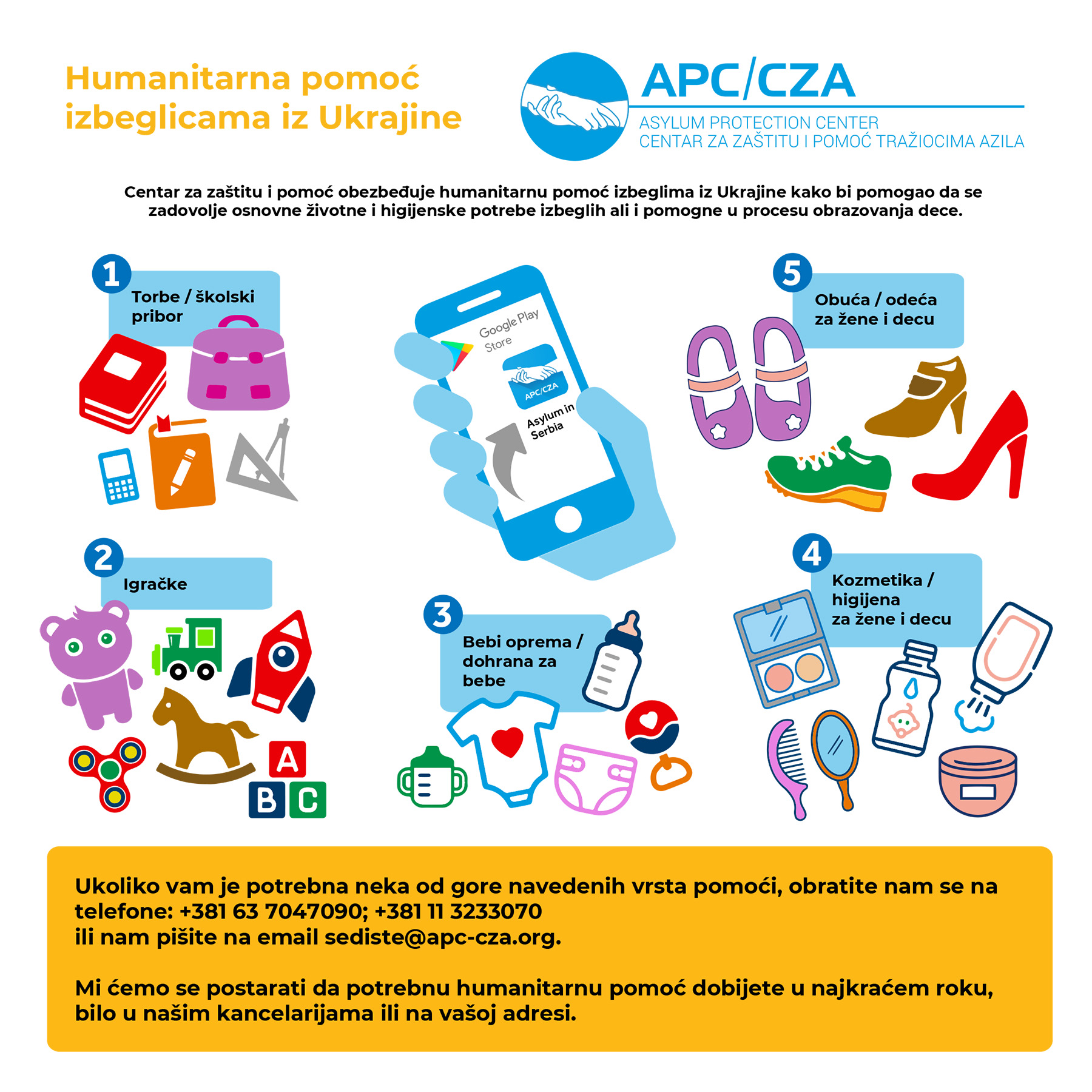Source: RTS
Video: RTS
Belgrade, January 19, 2023- Afghan Daud Aryubi and Syrian Khalil Kansor go to school in Belgrade together, and they were associated with each other by being refugees. They say that their friends in Serbia accepted them well and they help them when they get stuck with words.
Daud Aryubi has been living in Zemun for three years. He fled Afghanistan with his family when he was 11 years old. He and his sister completed the seventh and eighth grade at the “Lazar Savatović” elementary school in Zemun.
He is extremely talented in drawing, so it is not surprising that he continued his education at the high school “Technoart” on Zvezdara. He was insecure and shy when he arrived, but, over time, he managed to become proficient in the Serbian language, with the help of his friends and professors.
“It was difficult, but when I found friends here, they helped me, and now it’s fine. Sometimes we hang out, go out and talk,” says Daud.
He and Khalil Kansor share a similar fate. Khalil came to Belgrade from Syria two years ago. He says that it was the most difficult for him to learn the city transport lines. He usually goes to Kalemegdan with his friends and walks by the rivers. He can communicate with others successfully. Sometimes it is a facial expression, sometimes the combination of Serbian and English, but it is important that the message is received.
“I have many friends, I talk to professors normally, like with my friends. It was difficult in the beginning, because I didn’t know Serbian, and it was difficult to bond with people, now it’s great,” emphasizes Khalil.
Khalil and Daud go to the same school and being the refugee brought them together. They say that their friends accepted them well and they help them when they get stuck with words.
“They support each other, if one won’t, then the other one says – I’ll take care of it, we’ll do it.” That’s what I noticed it is visible, that cooperation and support,” points out Milica Mihailović, professor.
Khalil wants to be a soccer player, and Daud wants to stay and work in Serbia after college. Their friends often ask to teach them a few words in their native language.
The Asylum Center says that refugees are coming from Afghanistan, Libya, Iraq, and there is increasing number people who come from Ukraine and Russia. Children are most insecure after finishing primary school, when they should continue their education.
“For them, school is the only healthy and safe place, one security that is of great importance and it is our perspective that children should be included in primary school as soon as possible when they arrive,” says Jovana Vinčić from Asylum Protection Center.
According to data from the United Nations Refugee Agency, there are currently around 5,000 refugees in centers in Serbia, and last year more than a hundred thousand of them passed through Serbia. Currently, around 200 refugee children are in camps and accommodation places, and 94 of them attend primary and secondary schools. Most of them pass through the country, while some stay to live here with their families. And those who stay in Serbia for a short time, they say in asylum center, carry with them good memories from here.
 AzilSrbija AzilSrbija
AzilSrbija AzilSrbija





